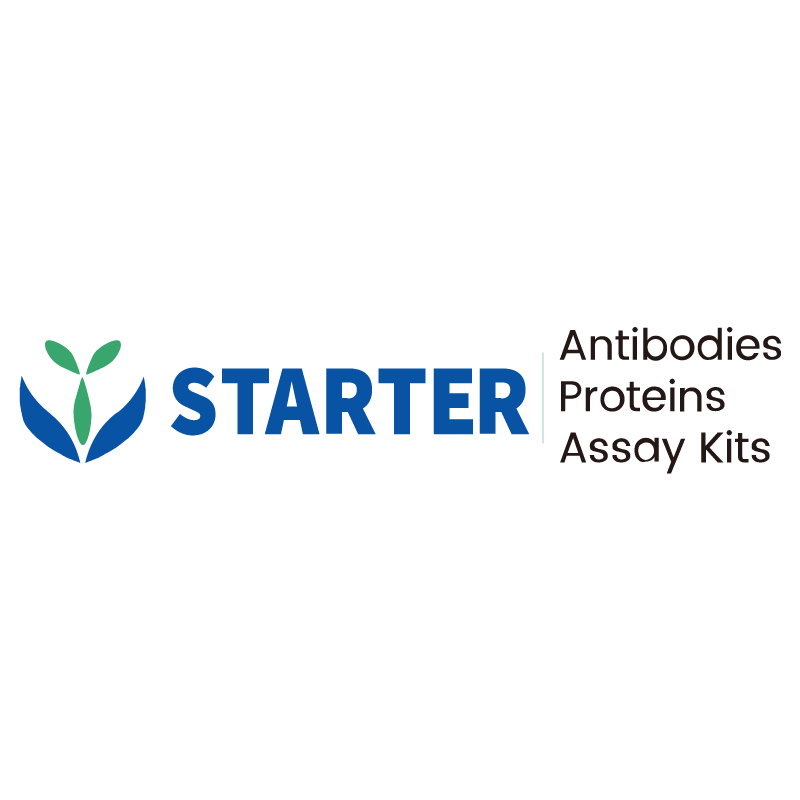WB result of Methacryllysine Recombinant Mouse mAb
Primary antibody: Methacryllysine Recombinant Mouse mAb at 1/400 dilution
Lane 1: mouse liver lysate 20 µg
Secondary antibody: Goat Anti-mouse IgG, (H+L), HRP conjugated at 1/10000 dilution
Predicted MW: Multiple
Observed MW: Multiple
This blot was developed with high sensitivity substrate
Product Details
Product Details
Product Specification
| Host | Mouse |
| Antigen | Methacryllysine |
| Clone Number | S-3455 |
| Antibody Type | Mouse mAb |
| Isotype | IgG1,k |
| Application | WB |
| Purification | Protein G |
| Concentration | 2 mg/ml |
| Conjugation | Unconjugated |
| Physical Appearance | Liquid |
| Storage Buffer | PBS, 40% Glycerol, 0.05% BSA, 0.03% Proclin 300 |
| Stability & Storage | 12 months from date of receipt / reconstitution, -20 °C as supplied |
Dilution
| application | dilution | species |
| WB | 1:250-1:500 | Ms |
Background
Methacryllysine is a non-canonical amino acid derivative whose structure is formed by the conjugation of the ε-amino group of lysine with a methacryloyl group via an amide bond. This chemical modification endows the molecule with unique reactivity, particularly due to the terminal methacryloyl group containing a carbon-carbon double bond, enabling it to participate in free radical polymerization reactions (e.g., copolymerization with acrylate monomers). This allows lysine residues to be covalently incorporated into synthetic polymer chains. In the field of biomaterials, Methacryllysine is often used as a functionalization tool for preparing protein-polymer conjugates or designing photocrosslinkable hydrogels to mimic the mechanical properties of the extracellular matrix. Furthermore, it holds potential for applications in drug delivery systems and tissue engineering, where crosslinking density can be precisely adjusted to control material degradation rates and bioactivity.
Picture
Picture
Western Blot


